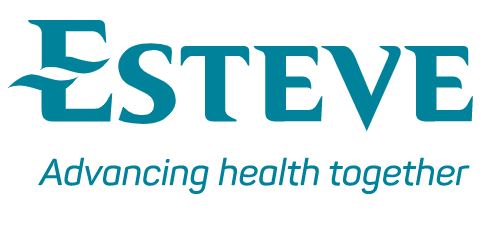Carbocisteine 750mg/10ml sugar-free oral solution in sachet
Active Ingredient:
ATC code:
R05CB03
About Medicine
Prescription only medicine
My Account Area

Esteve Pharmaceuticals (formerly Intrapharm Laboratories)


Address
The Courtyard Barns, Choke Lane, Cookham Dean, Maidenhead, Berkshire, SL6 6PT
E-mail
[email protected]
Telephone
+44 (0)1628 771 800
Medical Information Direct Line
+44 (0)330 1359 437
Medical Information e-mail
[email protected]
Medical Information Fax
+44 (0)1908 533 370